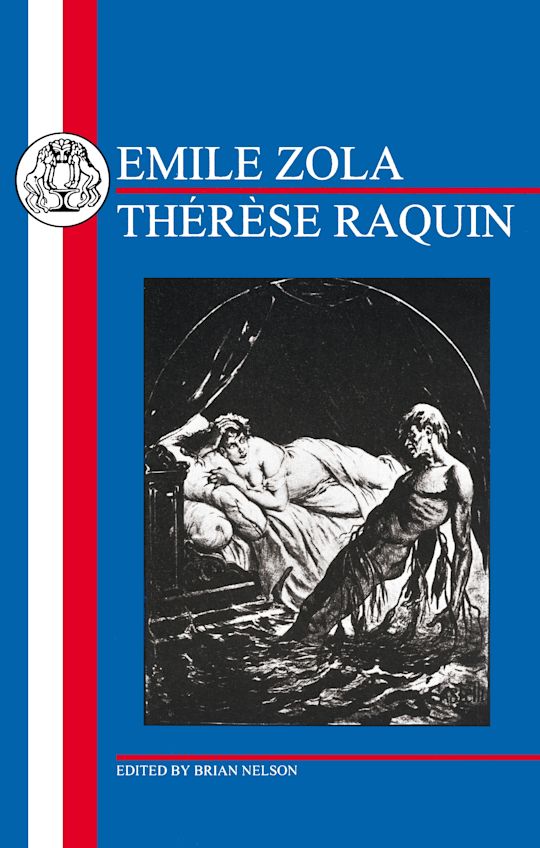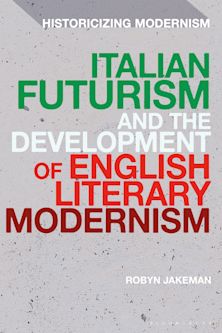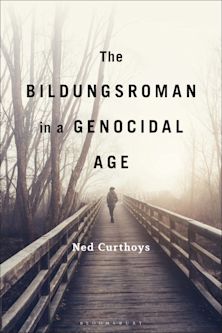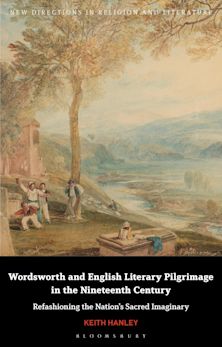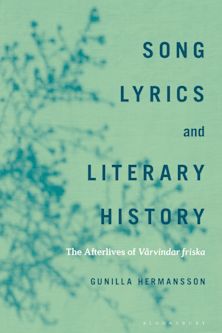- Home
- ACADEMIC
- Literary Studies
- Western European Literature
- Zola: Thérèse Raquin
This product is usually dispatched within 2-4 weeks
- Delivery and returns info
-
Flat rate of $10.00 for shipping anywhere in Australia
You must sign in to add this item to your wishlist. Please sign in or create an account
Description
A gothic tale of murder and adultery, Thérèse Raquin was denounced as pornography on its publication in 1867. "Putrid literature" was how Louis Ulbach described the novel in a contemporary review. Zola defended himself against these attacks in his preface to the second edition, in which he outlined his aim to produce a new, "scientific" form of realism. The novel marks a crucial step in Zola's development and is a major early work of Naturalism.
In his introduction to Thérèse Raquin, Brian Nelson places the novel in its cultural, intellectual and artistic contexts, and compares Zola's scientific aims with his actual practice in this work. The scientific status of Naturalist fiction remains problematic; in the final analysis it is influenced by literary models and conventions. Zola's powerful mythopoeic imagination does much to counteract the mechanistic view of humanity the novel was intended to embody. The myth of the fall is, indeed, fundamental to Zola's Naturalistic vision.
Table of Contents
Introduction
The Background To Therese Raquin: Science And Literature
Progress And Positivism
The Realistic Imagination
The Birth Of Naturalism
Therese Raquin: Narrative And Myth
Plot
Narration
Character
Symbol And Image
Myth
Conclusion
Notes To Introduction
Bibliography
Preface De La Deuxieme Edition
Therese Raquin
Notes to Text
Product details
| Published | 01 Jan 1998 |
|---|---|
| Format | Paperback |
| Edition | 1st |
| Extent | 224 |
| ISBN | 9781853992872 |
| Imprint | Bristol Classical Press |
| Dimensions | 216 x 137 mm |
| Series | French Texts |
| Publisher | Bloomsbury Publishing |
About the contributors
Reviews
-
Novel by Emile Zola, first published serially as Un Mariage d'Amour in 1867 and published in book form with the present title in the same year. Believing that an author must simply establish his characters in their particular environment and then observe and record their actions as if conducting an experiment, Zola nonetheless adopted a highly moral, unscientific tone in this grisly novel, the first to put his "analytical method" into practice. The sensual Therese and her lover Laurent murder her weak husband Camille. After marrying, they are haunted by Camille's ghost, and their passion for each other turns to hatred. They eventually kill themselves. Conservative readers accused Zola of prurience; the novel, however, illustrates the author's belief that sexual pleasure leads only to brutality and destruction.
The Merriam-Webster Encyclopedia of Literature









